The Setup
This one started out like a straightforward reposition flight. A Cessna 414, N4765G, had just come out of an annual at Modesto City–County (MOD) and the pilot planned to take it to Buchanan Field (CCR) in Concord. Weather was benign: VMC, 10 miles visibility, winds around 200° at 6 knots, daylight. Shortly after departing runway 10L at 12:59 local, the twin climbed to about 3,200 feet pressure altitude and accelerated to roughly 150 knots, turning northwest and checking in with the tower. So far, so routine.
The Pilot and the Airplane
The pilot held a commercial certificate with single- and multi-engine land ratings and an instrument-airplane rating. He was 80 years old and flew as a non-professional. His last medical was a third-class with waivers in January 2022, and his last flight review was July 2022. He had about 4,506 hours total time, with 9.3 hours in the last 90 days and 1.1 in the last 30 days. The record didn’t list hours in the Cessna 414 specifically. The airplane itself was a 1977 C414 with Continental TSIO-520-SERs, fresh off its annual on January 4, 2023, and refueled with 73.5 gallons of 100LL on the day of the flight.
A Non-Critical Problem Becomes the Mission
At about 1301, tower handed the flight to NorCal Approach. The pilot read back that he was switching, but his next transmission still hit the tower frequency. He transmitted several more times saying the radio wouldn’t change frequencies. The tower offered a return to MOD, and the pilot accepted. This is where the mission changed. Instead of a simple northeast hop, the pilot’s world narrowed to a single system anomaly: a stuck frequency button. On paper, that’s non-critical with airport in sight and two working engines. In the cockpit, it can be very compelling.
The Pattern Goes Off-Script
The ADS-B track shows the airplane turned back to the field and paralleled the runway roughly 3 miles west of the airport, descending into a non-standard left traffic pattern for runway 28R—the longer runway at MOD, which the pilot acknowledged. At 1305, abeam the threshold at about 1,500 feet PA and a groundspeed around 96 knots, tower asked if he had the runway. He did, and was cleared to land 28R. What followed wasn’t the normal rectangular pattern. The airplane turned left base aimed not for a point that would set up a stabilized turn to final, but toward a spot about 1,000 feet beyond the threshold—the runway aimpoint—essentially perpendicular to the runway. The groundspeed sat near 90 knots, and the descent continued. According to the figure on page 4, the airplane sank to about 200 feet PA roughly half a mile from the runway. Then came a right turn to about 090°, followed by a tightening left turn back toward the runway. During that left turn, groundspeed bled from about 72 knots to about 53. The last return was at roughly 100 feet PA. The geometry had compressed, and with it, the margin.
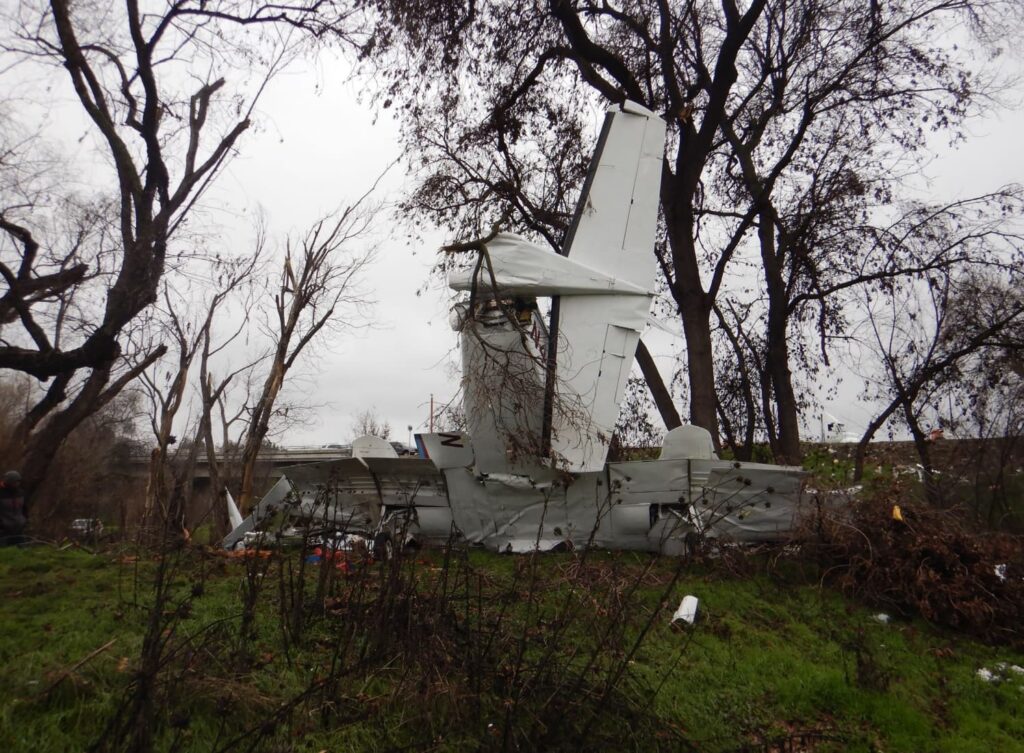
The Last Few Seconds
Several witnesses saw it coming. An aeromedical helicopter crew, departing a hospital helipad three miles north of MOD, heard the pilot asking tower if they still heard him; tower said they’d been receiving him the whole time. From their vantage point, the C414 was making unusual S-turns on what looked like downwind. A private-pilot flight nurse in the helicopter predicted a stall seconds before the nose dropped. Dash cam video captured the final moments: the bank increased, the nose broke, and the airplane entered a near-vertical left spin before impacting soft terrain about half a mile short, near-perpendicular to the runway heading. The engines were heard spooling as it descended, and post-impact both engines and props were buried, consistent with a high-power impact. The landing gear were down; the left flaps were found extended, while the right-flap linkage was impact-fractured. Figure 2 on page 5 shows the airplane just three seconds before impact.
No Smoking Gun in the Hardware
Investigators didn’t find evidence of pre-impact mechanical failure in the airframe or left engine. The right engine couldn’t be fully examined due to damage, but its prop blades showed bending and chordwise scratching—signs of power at impact. The Insight engine monitor data showed the left (#1) engine trending a bit higher than the right (#2) at lower power settings, but when each engine’s data was viewed individually, nothing looked anomalous. In other words, there wasn’t support for an engine-out or big power split causing the loss of control. The radio issue remained what the tower experience suggested: a frequency-change problem that didn’t prevent clear two-way comms with MOD tower.
Human Factors: Task Saturation at Low Altitude
Toxicology found diphenhydramine (Benadryl) in liver and muscle, with no blood available to quantify levels; the NTSB concluded the operational evidence didn’t show impairment from the medication in this accident. The more salient human factor was attention management. The pilot spent a portion of the arrival troubleshooting his radio while flying a non-standard pattern at low altitude and relatively low speed. The base-to-final turn then tightened while the airplane was already low and slow, with the airplane likely banked increasing while airspeed decreased into the 50-knot range. That combination—high bank, low speed, low altitude—left almost no room for recovery once the wing reached its critical angle of attack.
What the Book Says vs. What Happened
The FAA Airplane Flying Handbook reminds us to fly downwind parallel to the runway at pattern altitude, continue to a point about 45° past the approach end, and then make a medium-bank turn to base—placing the base leg to set up a stabilized final. The final approach leg demands precise airspeed and descent control. Here, the base leg was effectively “cut in” toward the aimpoint, then corrected with a right turn, then a left turn back to final—an unstable path that pushed workload up and energy margins down at the worst time. The ADS-B plot on page 4 tells that story clearly.
Probable Cause
The NTSB determined the accident resulted from exceeding the airplane’s critical angle of attack and failing to maintain proper airspeed during the turn to final, causing an aerodynamic stall and ground impact. Contributing was the pilot’s distraction from a non-critical radio anomaly. That’s consistent with what we see: a healthy airplane, good weather, an airport made, but a pilot whose attention was split while energy management and geometry slipped out of the box.
Lessons I’d Brief
- Fly the airplane first—especially when you’re close to the ground. A stuck frequency isn’t a “land now” emergency if the runway is in sight and you have working comms with tower. Defer the troubleshooting until you’re parked or on a safe, stable final.
- Guard your pattern geometry. Don’t rush the base turn. If you’re tight, extend a little downwind or go around. The 45°-beyond-the-numbers cue is there for a reason—it builds a stabilized, predictable turn to final.
- Energy is everything in the base-to-final turn. Bank increases stall speed. Combine increasing bank with decreasing airspeed and you’re sliding toward the corner of the envelope. If you see groundspeed falling off and the nose coming up in the turn, lower the angle of attack, add power, and accept the overshoot—or go around.
- Don’t be afraid of a go-around from base or early final. With gear down and power available, it’s a simple procedure that buys you time and resets the approach. In twins like the 414, be mindful that asymmetric thrust or configuration changes can add to workload; brief it before the pattern.
- Age and recency matter. At 80, with just over an hour logged in the last 30 days, the pilot may have had less recent exposure to tight pattern work or last-second geometry management. No judgment here—just a reminder that currency in the exact type of flying you’re doing pays dividends when something minor goes sideways.
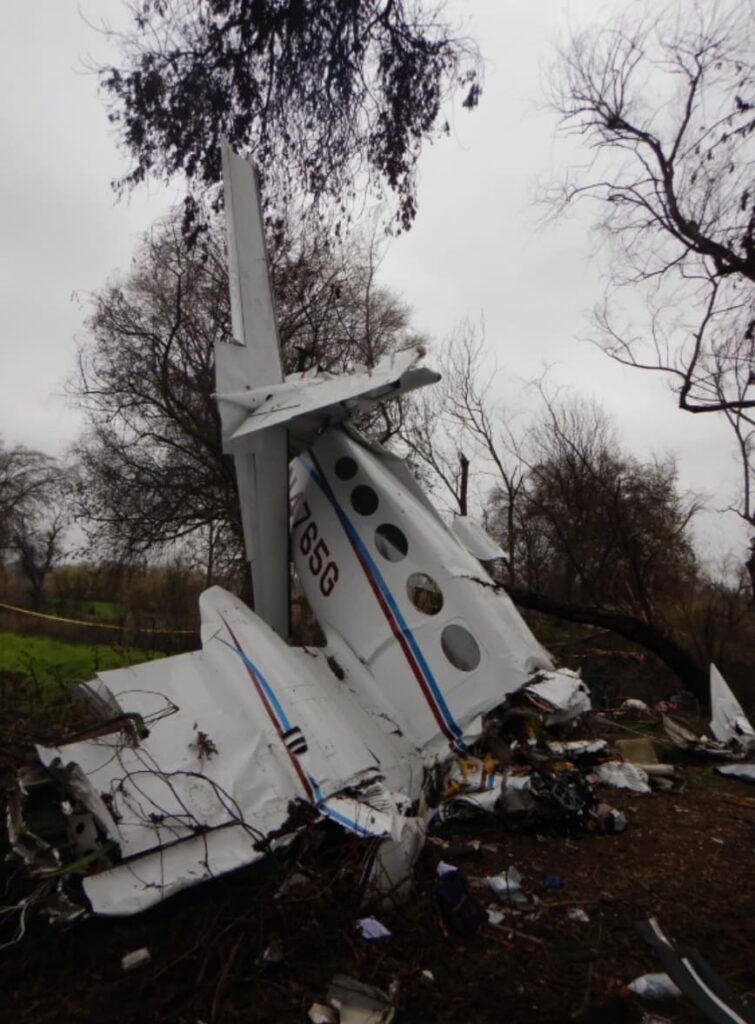
Closing Thoughts
What struck me in this case was how quickly a small systems nuisance—no departure handoff—took center stage. The tower could hear him fine. The runway was right there. But attention went inside the cockpit, the pattern got non-standard, and the base-to-final turn tightened as speed bled off. Add a bit more bank, a bit less airspeed, and the margin disappeared. We’ve all felt that pull to fix the thing that isn’t working. The discipline is to fly the jet (or in this case, the twin) all the way to a stabilized landing—or go around—and save the tinkering for the chocks. That mindset, plus conservative geometry and aggressive go-around habits, is how we keep a benign day from turning unforgiving.

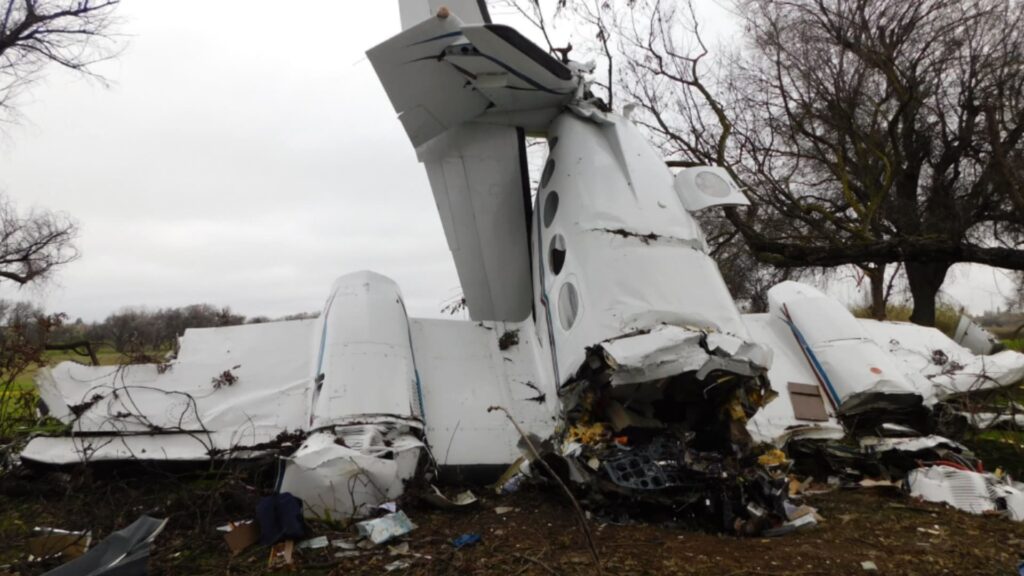


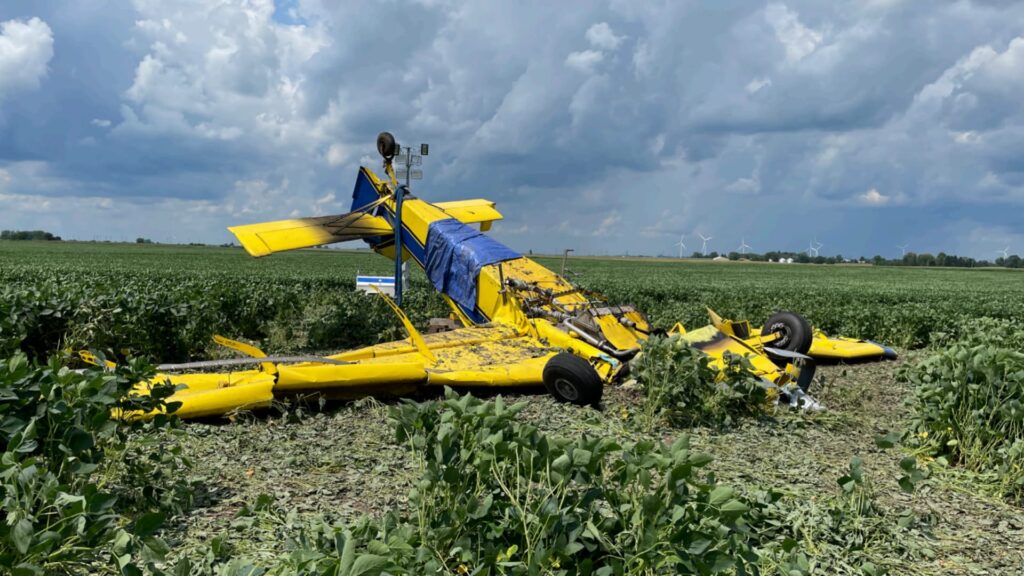
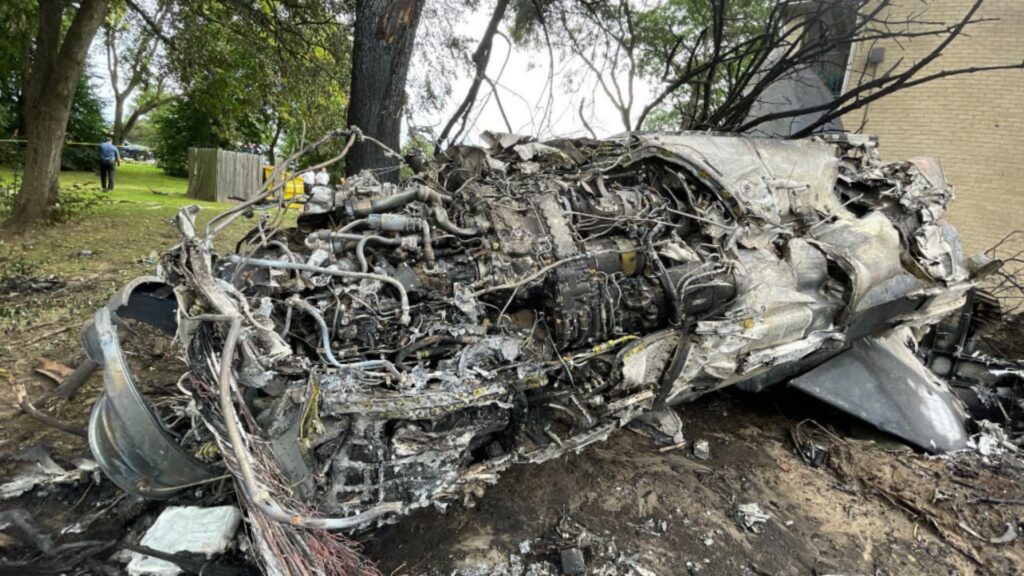
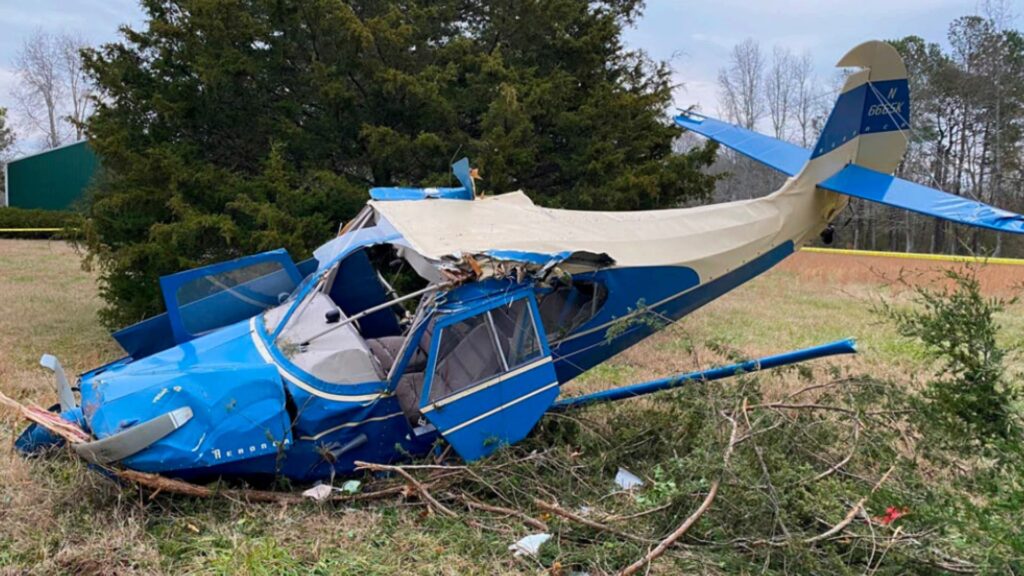


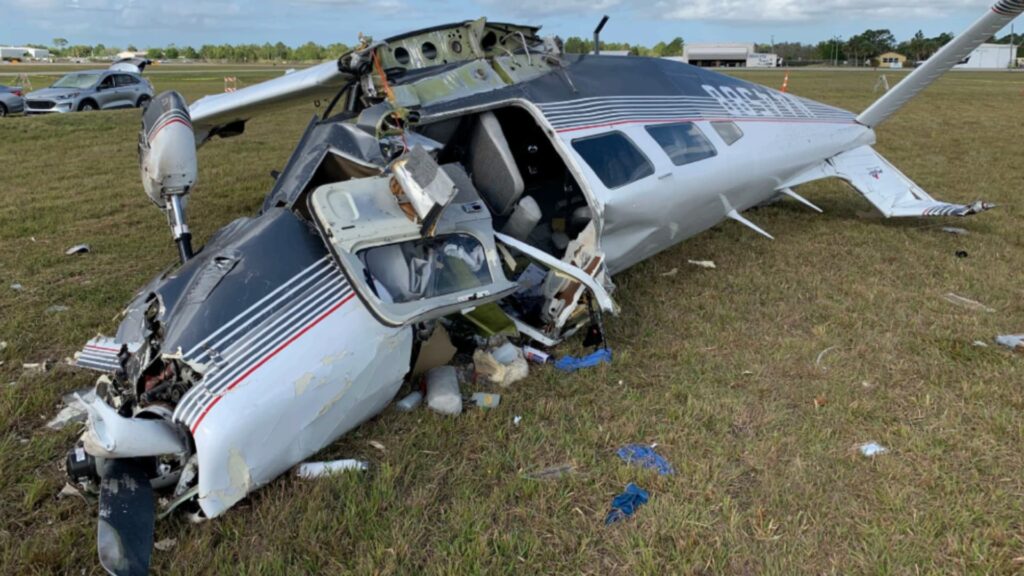
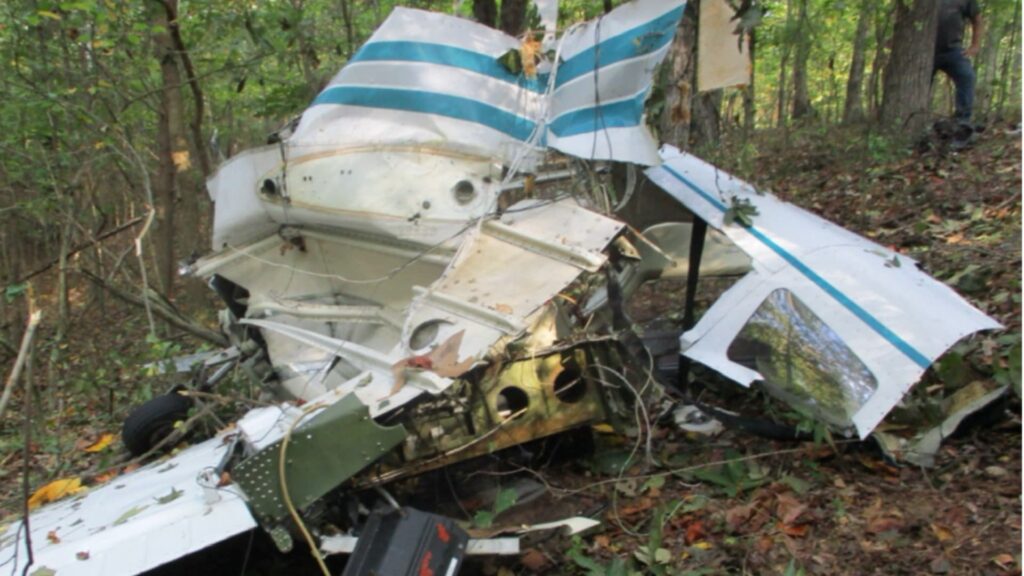
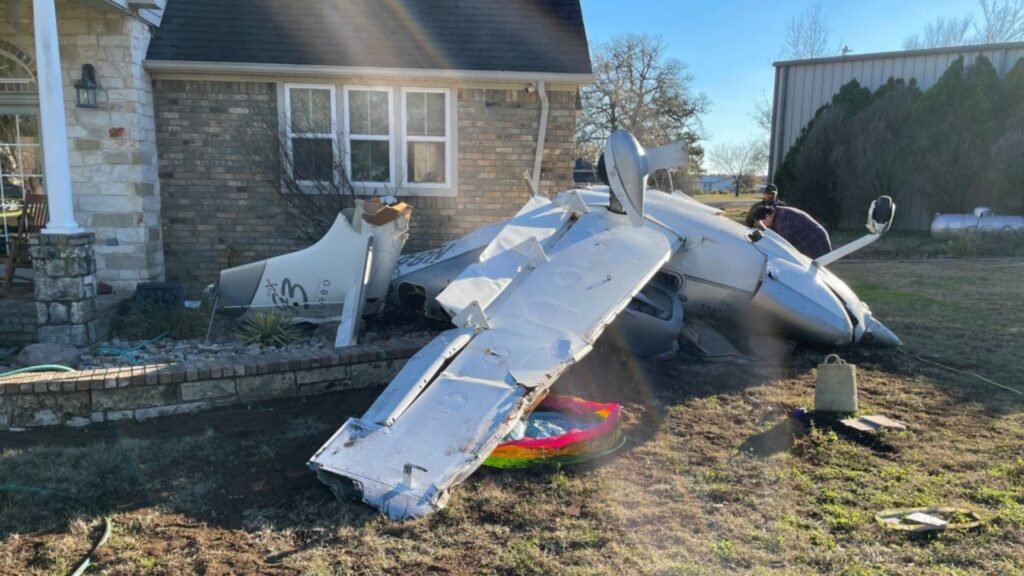
One Comment
Guess we need to add prioritize to navigate, navigate, communicate. Stall/spin close in is becoming pandemic.